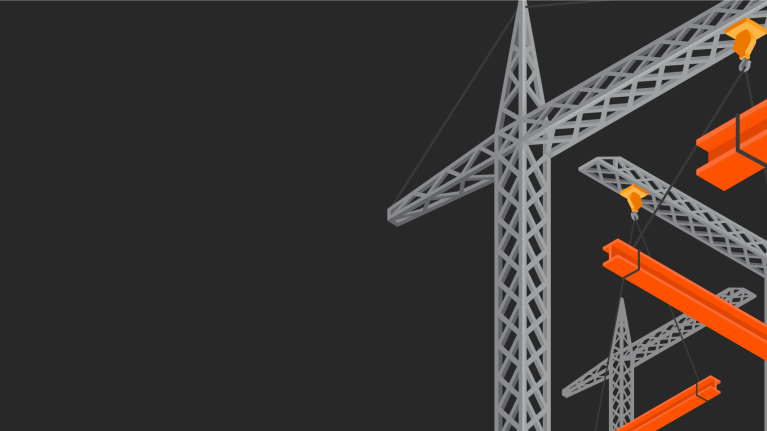
Article
Preliminaries in Construction: Everything You Need to Know

Companies using the United Kingdom’s National Building Specification for construction will deal with preliminaries. Similar to the U.S. Master Format General Requirements and General Conditions sections, construction contract preliminaries are costs for the entire project and not for specific activities or work sections.
Chapter 1
What Are Preliminaries in Construction?
Since construction preliminaries costs impact the entire project, you will find they cover a wide range of materials, equipment, and labor. The preliminary might refer to a one-time cost or to an ongoing cost at the project’s start and continuing to its end.
Owners and contractors may wish to account for preliminaries in their contracts because they are often expensive and difficult to apportion across all the project activities. While the owner might specify the items that qualify as preliminaries, it is up to the contractor to claim the amounts required for each item. The contractor is in the best position to estimate these costs.
Chapter 2
Construction Preliminaries: List of Examples
A construction preliminaries list is often extensive and includes costs for items within every aspect of a project. However, there are some common items that are almost always included.
Management and Administrative Costs
These costs include payments to project managers, superintendents, and project stakeholders. Their work is on behalf of the entire project and not just on certain portions. Including those costs in the preliminaries improves transparency for the owner and makes it easier for the contractor to accurately account for the costs.
Planning and Design Costs
All construction projects require the contractor to plan the work and create and maintain schedules. It’s impossible to assign this activity to just one work section. The contractor also has added costs for the regular reporting on the schedule progress that owners require. As more contracts become collaborative, more contractors are taking on design work to put their expertise in methods and materials to good use. This design work often expands across work sections.
Site-Based Services
From access roads to erosion control, construction projects always have elements that improve the site so construction can occur more efficiently and orderly. Projects also have environmental requirements to comply with local and national regulations. Sometimes, construction will impact adjacent structures and neighbors, and so the contractor must account for costs in mitigating damage or annoyance. Therefore, preliminaries in construction also cover these costs.
Mockups, Testing, and Sampling Costs
Designers and owners often require contractors to supply mockups, showing how finished portions of the project will look once completed. These mockups might be full size, miniature, or virtual. Many items in construction must get tested prior to ensure they are fit for the use. Slump testing concrete and randomly sampling moisture content of lumber are two examples.
Chapter 3
Construction Preliminaries Template
When specifying preliminaries, contracts will often use the NBS numbering system. They might also resort to an ad hoc numbering system and text to fit the situation. A typical construction preliminaries template will include preliminaries for these aspects of a contract.
00-05-10 Project Definition
00-05-15 Works Terminology
00-05-20 Project Participants
00-05-70 Project Location
00-10-70 Works Contract
00-30-70 Works Contract Procurement
00-40-70 Works Contract Establishment
00-50-70 Works Contract Management
00-60-70 Works Contract Verification
00-70-70 Works Contract Administration
00-80-70 Works Contract Completion
Chapter 4
Construction Contract Preliminaries vs. Preambles
The construction preliminaries breakdown and the work sections (work breakdown structure, activities, and tasks) should fully describe all that’s required to complete the project.
The preamble names the parties to the contract. It explains the standard for the final product, summarizes contract negotiations, explains the tendering procedures, tells the project’s objectives, and lists the other documents that make up the total contract. Preliminaries and preambles serve two separate functions of the contract.
Chapter 5
Conclusion
Contractors must be cautious and account for all preliminaries in construction contracts. Overlooking them and their costs can quickly overrun a contractor’s contingency and could lead to disputes.
